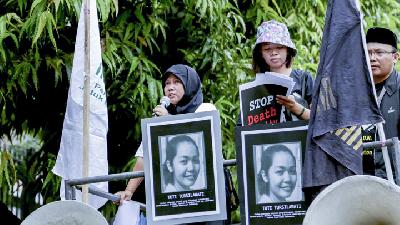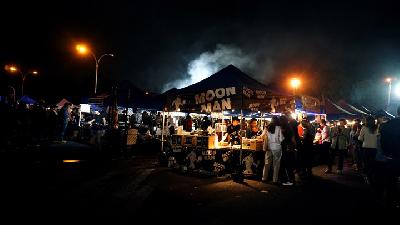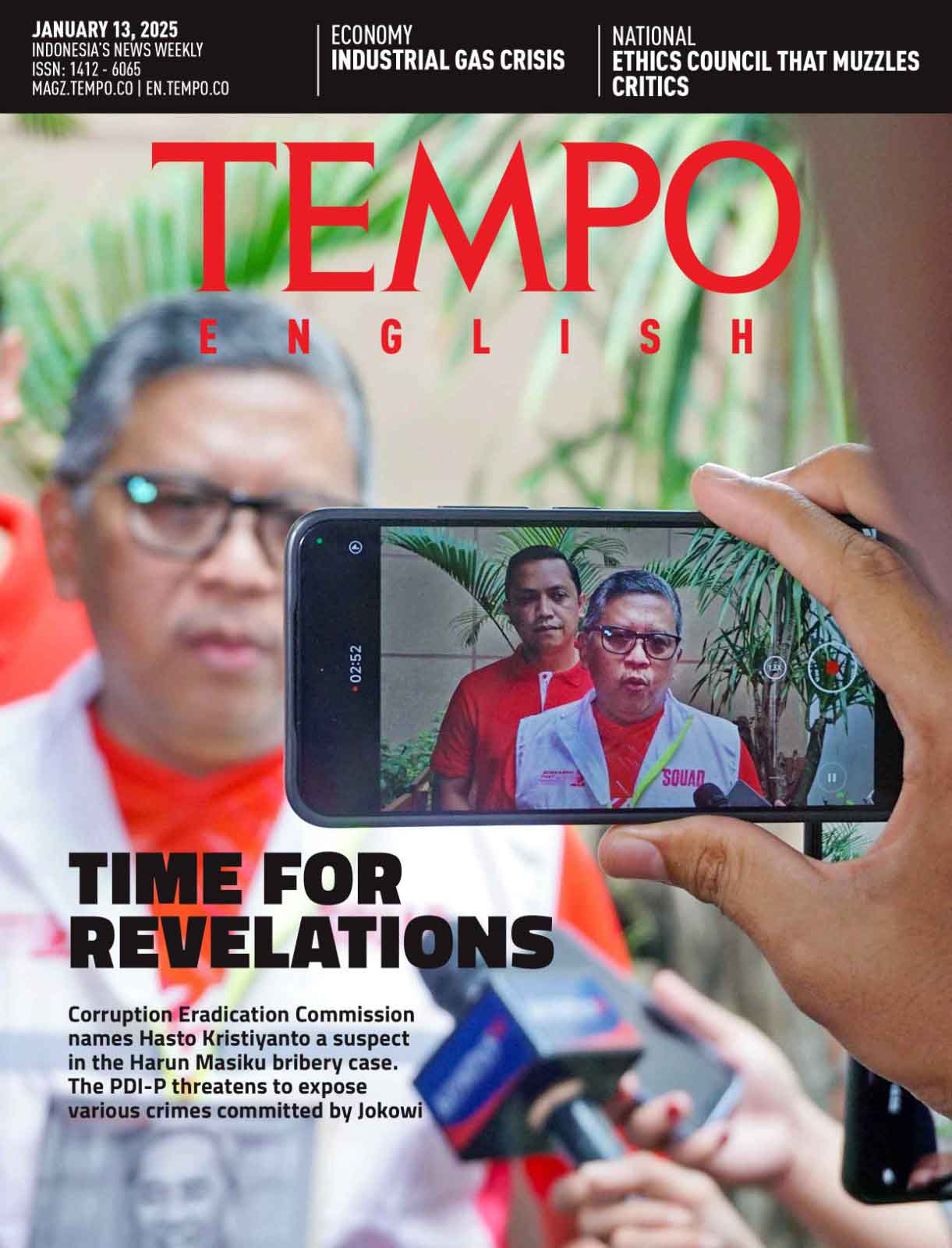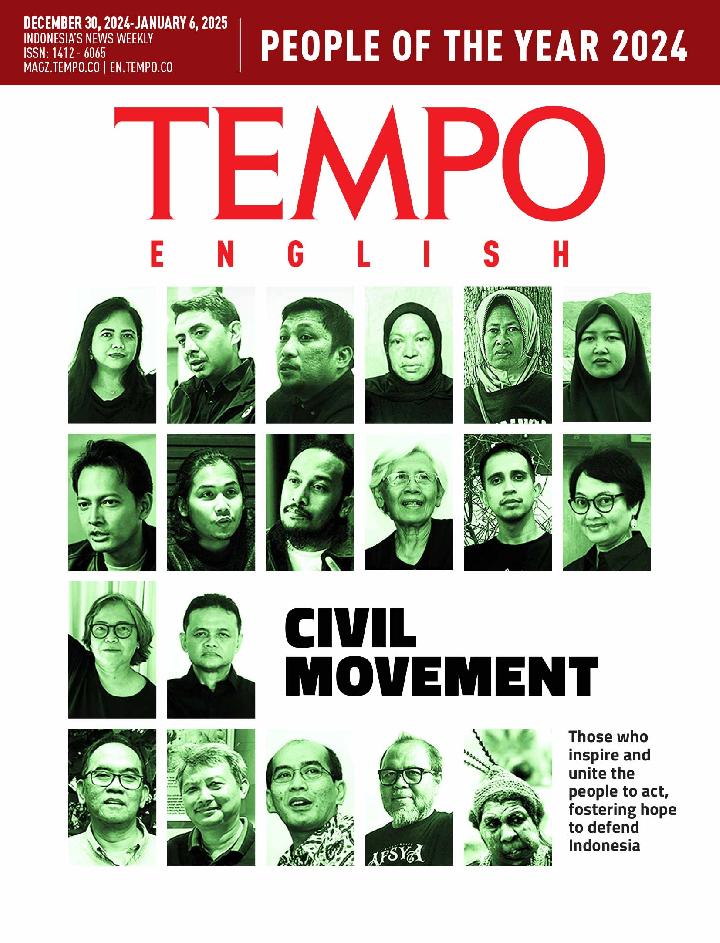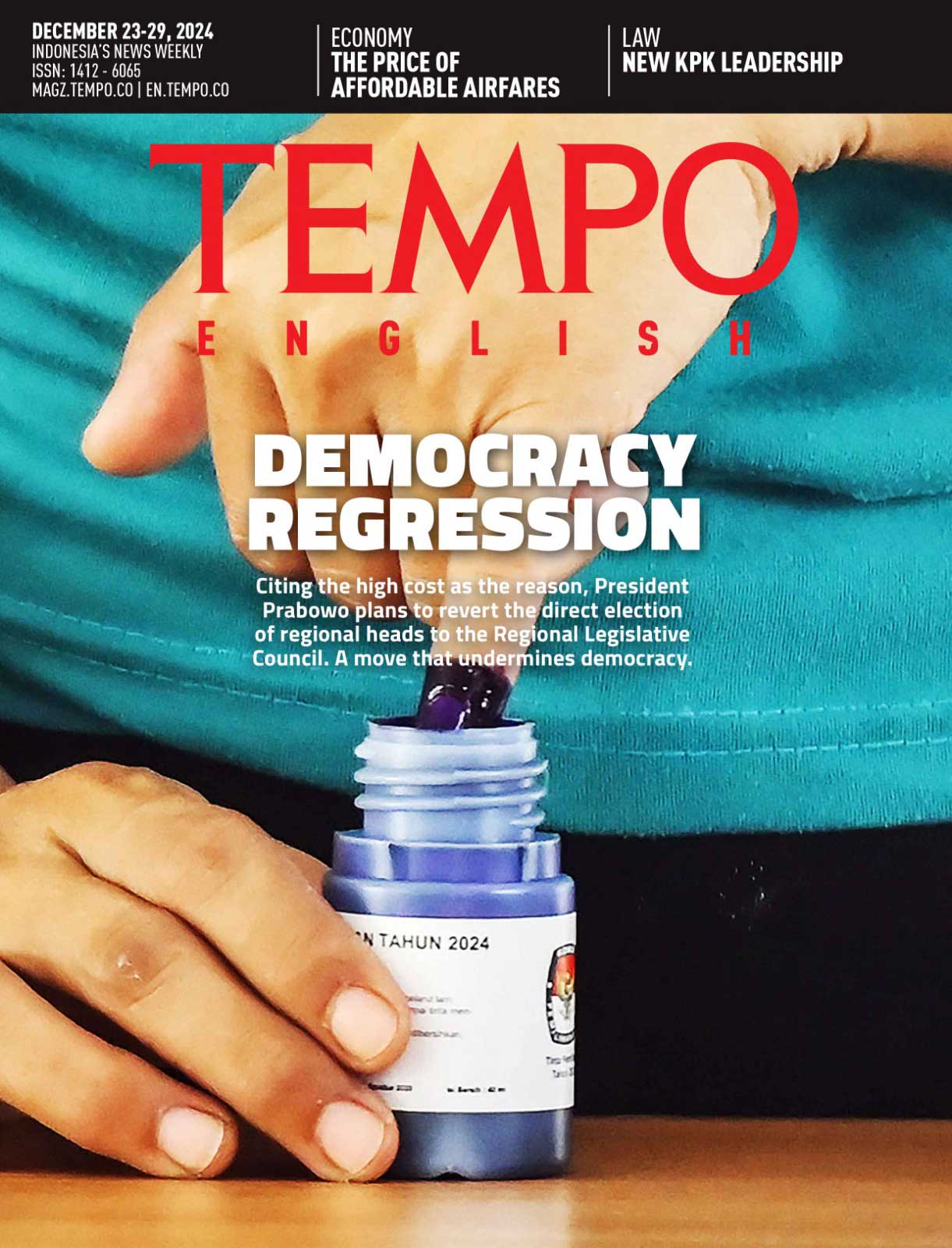The Last Guardians of Mentawai Tattoos
Tuesday, November 13, 2018
arsip tempo : 173640481971.
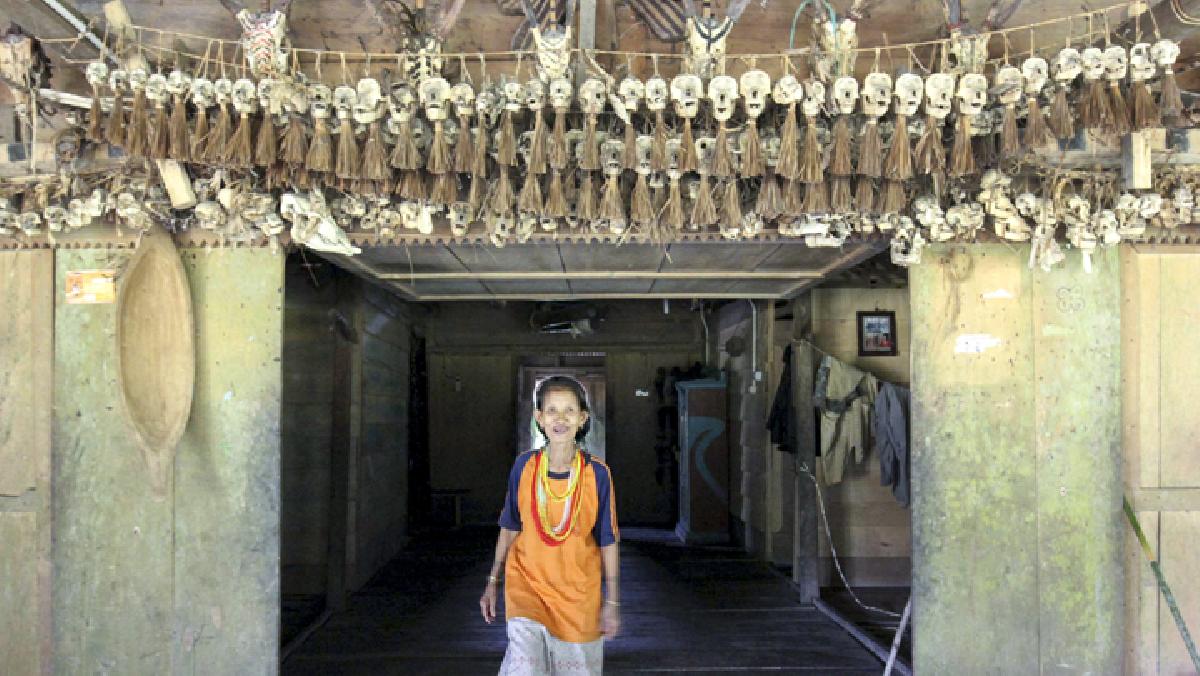
AMAN Gebek Kunen Sabagelet’s uma (traditional Mentawai house) in the Madobak village, Mentawai Islands, West Sumatra, seems large compared to other homes in South Siberut. The 8 x 15-meter home, with a thatched roof made of sago leaves, stands next to small government-subsidized houses. Tens of pig skulls from the punen (customary celebrations) held at the house hang in a row at the entrance door. At an interior door one will find the skull
...
Subscribe to continue reading.
We craft news with stories.
 For the benefits of subscribing to Digital Tempo, See More
For the benefits of subscribing to Digital Tempo, See More




